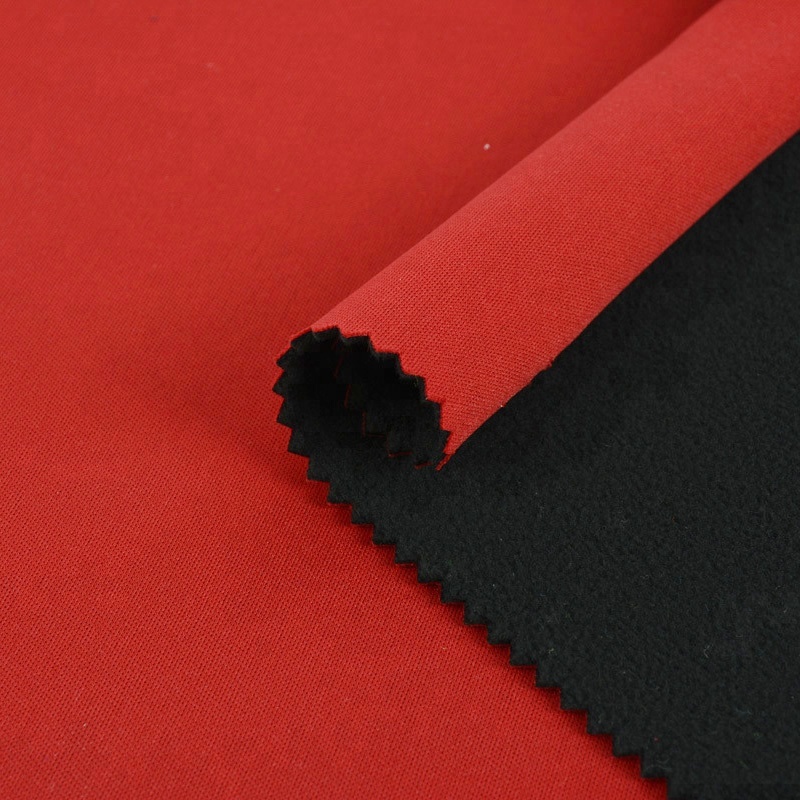Global spunbond/spunmelt nonwovens are expected to increase to around 4.8 million tons from 2017-2022, equivalent to an annual growth rate of 1.8%! Increasing demand for antibacterial polypropylene!
Nonwovens are what we commonly call nonwovens. China's nonwovens (hereinafter referred to as nonwovens) have been at the forefront of the international scene, with an annual output value of around 4.57 million tons in 2017.
Market demand for antimicrobial nonwovens
As a cost-effective and highly flexible nonwoven technology, spunbond/spunmelt nonwovens occupy a large share of the overall market. Although needle punching, hydroentanglement and hot air technologies are now also becoming popular and joining the competition, the output is still far less than that of spunbond/spunmelt technology, according to the analysis and forecast released by Price Hanna Consulting, the global spunbond/spunmelt nonwoven is expected to increase to around 4.8 million tons, which corresponds to an annual growth rate of 1.8% (this forecast data does not include as yet unannounced capacity expansions and possible additional line investments, so the actual global capacity by 2022 may be slightly higher than the current estimate again).

Share of various domestic nonwoven production methods▲
The main reason for this large degree of technological growth is the important position that medical and disposable hygiene products occupy in the nonwovens market. The big markets for spunbond/spunmelt nonwoven fabrics are medical supplies (masks, protective clothing, etc.) and disposable hygiene products (baby/adult diapers, feminine care products), which account for two-thirds of the total number of nonwoven fabrics in the whole category. In addition, spunbond/spunfusion nonwovens are also used in other important markets, such as automotive bumper coverings, construction geotextiles, wall coverings and other wrapping applications, and home decoration.
The demand for spunbond/spunmelt nonwovens for medical and disposable hygiene products will drive growth. The main driving factors are consumer drivers, medical protection demand, health demand, birth rate, aging, market penetration, etc.
With the increase in consumption level and social development, the application of medical and disposable hygiene nonwoven in packaging materials for antimicrobial articles has entered a rapidly developing renewal. Antimicrobial medical nonwoven as the final material has entered the sterilization supply center of various hospitals at all levels one after another; disposable antimicrobial hygiene nonwoven supplies, also become a hot product.
The executive standard of antibacterial nonwoven fabric
The medical non-woven material executes GB∕T19633-2005 "packaging of final sterilized medical devices" and other national recommended standards.
Disposable sanitary nonwoven material executes FZ/T 64005-2011 "Thin Nonwoven Fabric for Sanitation", GB/T 8939-2008 "Sanitary Napkin (including sanitary pad)", GB/T 28004-2011 "Diaper (piece, pad)", GB/T 28005-2011 "Paper Underpants", GB/T 27728-2011 "Wet Tissue Standard, these standards assessment contains anti-microbial, breathability, PH value, etc. to be required.
Take medical nonwoven fabric as a list, need to keep good quality in these aspects.
Medical nonwoven fabric
1, medical nonwoven products need to have the characteristics of antibacterial, hydrophobic, breathable, chip-free, and used in the final packaging of antibacterial items, single-use, no need to wash.
2, medical nonwoven products need to meet the standards.
3, pay special attention to, the expiration date of medical nonwoven fabric. Sterile articles packaged with medical nonwoven fabric, the validity period should be 180 days, and is not affected by the sterilization method.
4, antibacterial packaging used for medical nonwoven fabric to 50g/m2 plus or minus 5 grams is appropriate.
The sunrise development of antibacterial nonwoven fabric
Some leading nonwoven manufacturers at home and abroad have invested in antimicrobial nonwoven production lines in order to seize the first opportunity in the medical and disposable hygiene products market and thus increase sales. The large nonwoven producers in Southeast Asia all use spunbond/spunmelt technology and focus on the hygiene market. According to forecasts, Southeast Asia's spunbond/spunmelt production capacity will reach 263,000 tons by 2020, of which 114,000 tons or 43 percent will come from Thailand, 97,000 tons or 37 percent from Malaysia and 52,000 tons or 20 percent from Indonesia. Of which 35% was produced by Fibertex.
Spunbond/spunmelt technology can often be distributed by country by 2022▲
Spunbond/spunmelt nonwovens technology is moving at a healthy and transformative pace. Each company has to actively respond to market challenges and increasing health needs while the production line continues to meet market demands. Improving the fluffiness and softness of nonwovens is important, and antibacterial is also a top priority. These technical requirements fully reflect the dynamic growth of nonwoven manufacturing technology. Nonwovens are what we commonly call nonwovens. China's nonwovens (hereinafter referred to as nonwovens) have been at the forefront of the international scene, with an annual output value of around 4.57 million tons in 2017.
Contact: Jeanne yang(MISS)
Phone: 13912652341
E-mail: [email protected]
Add: Room A2216/A2217,Double-Star Building,No 567 New South Middle Road, KunShan City JiangSu Province ,China.